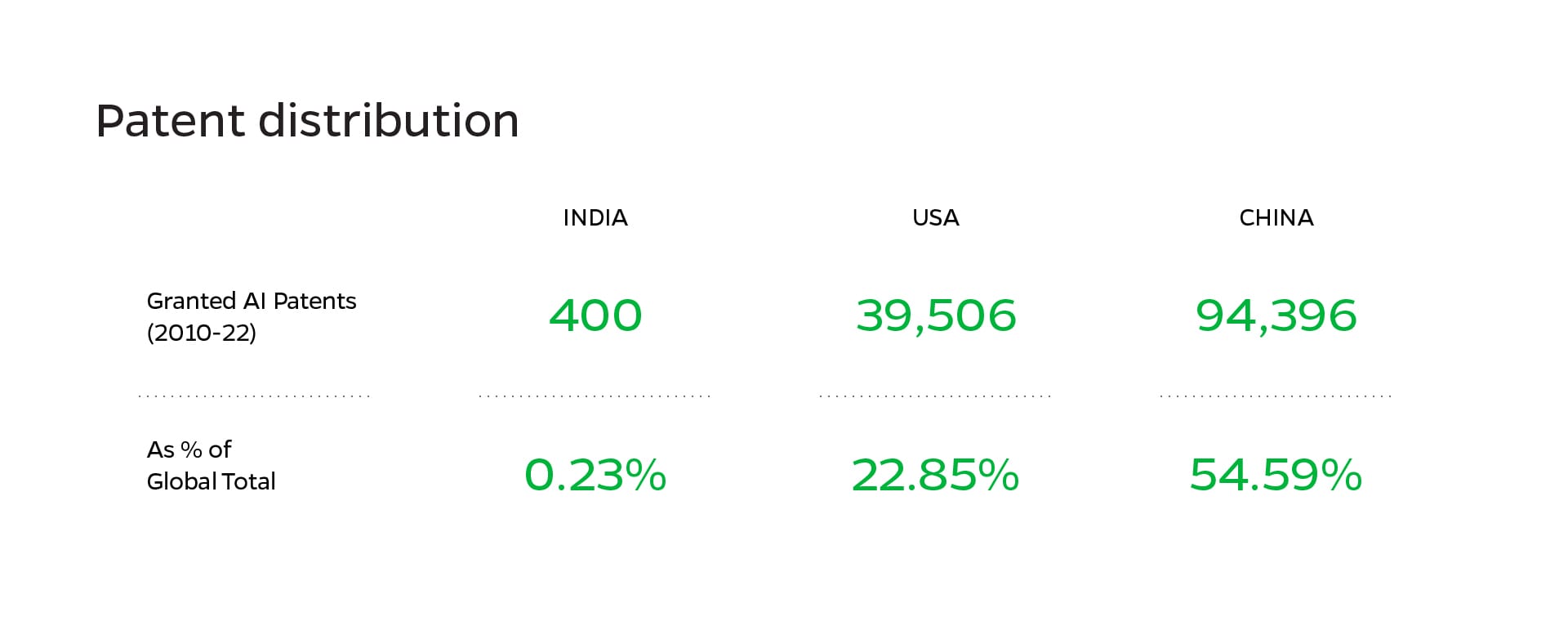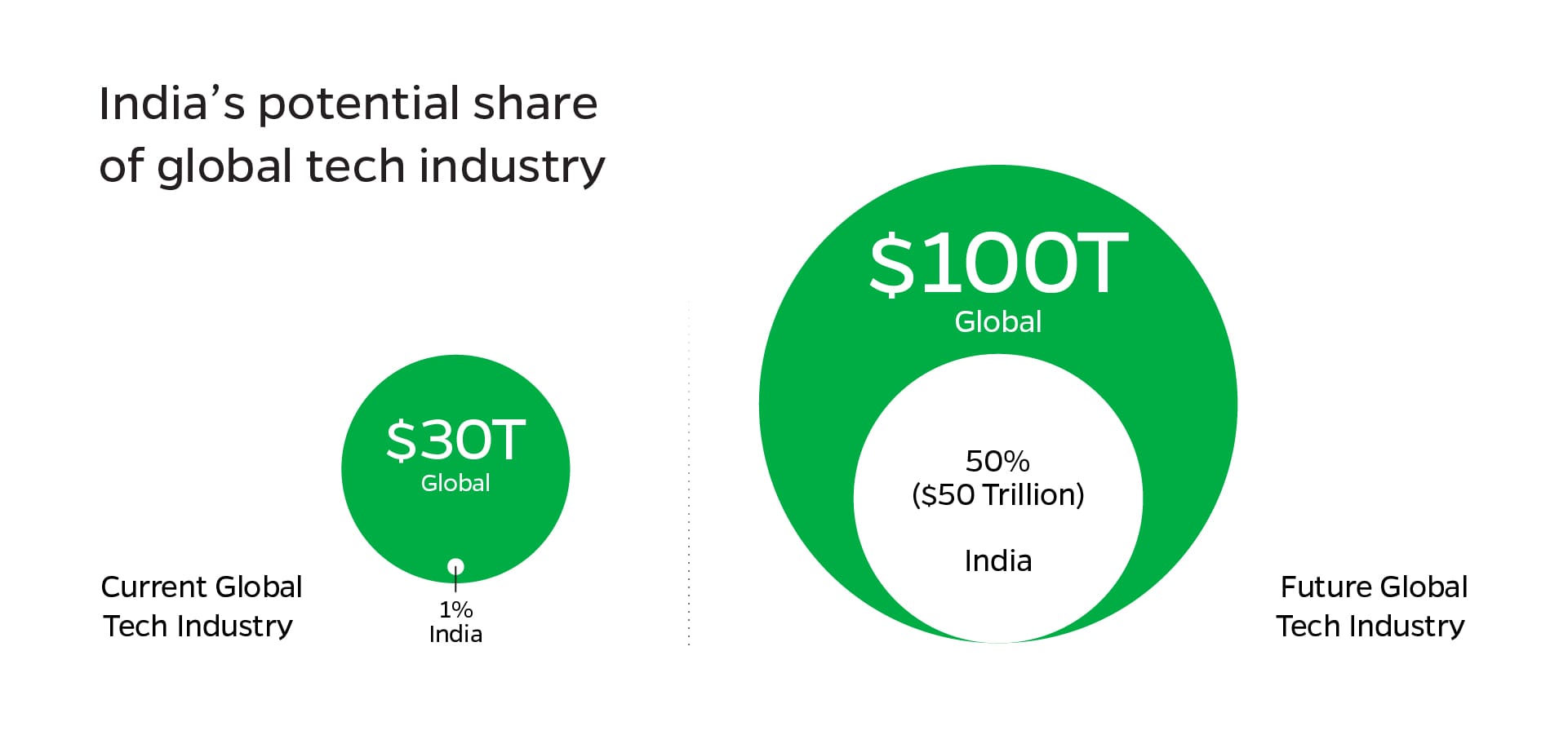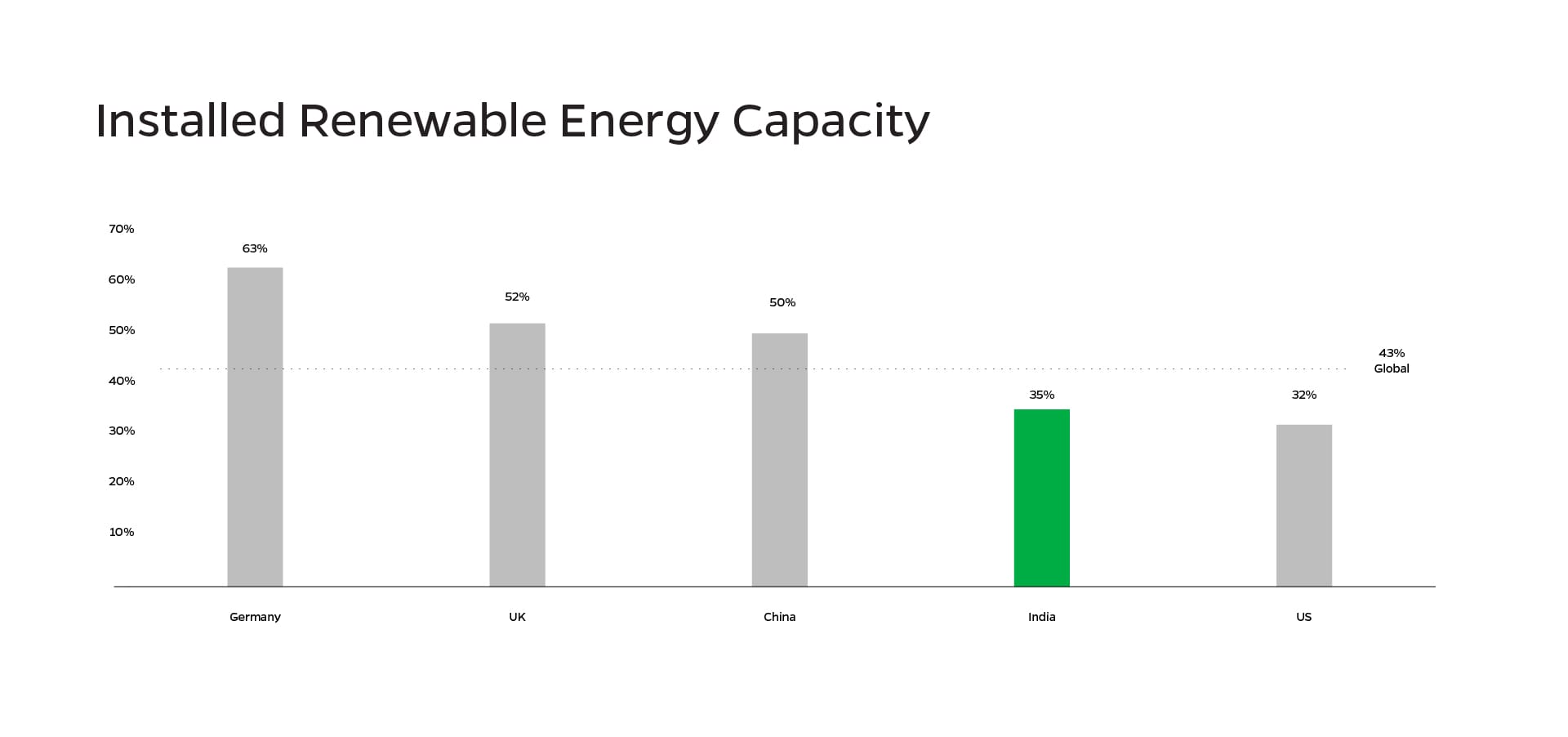Technology vision for scripting India's economic destiny

In the last decade, India has emerged as one of the world's fastest-growing major economies, with our GDP nearly doubling to $3.5 trillion. This growth showcases our resilience and potential despite global challenges. As we envision Viksit Bharat and enter Amrit Kaal, our focus must be on the next 23 years leading to 2047. By increasing our economic growth from 8% to 12%, we have the potential to transform India into a $50 trillion economy, marking a new era of prosperity and global leadership.

The global landscape is witnessing rapid technological advancements, particularly in AI, new energy, and frontier technologies. These developments are reshaping economic competitiveness and geopolitical influence. Our global peers, notably China, are investing heavily in 'new productive forces' - a strategy aimed at transforming traditional industries and fostering emerging sectors. This approach has led to substantial investments in R&D and significant advancements in critical areas.
To drive India's growth and competitiveness, we must prioritize AI and new energy as foundational technologies. These aren't just standalone sectors, but enablers that can revolutionize our entire economy. AI can enhance productivity across industries, while new energy can reduce costs and build a green future. Investing in these areas will boost overall economic efficiency, create high-value jobs, strengthen our supply chains, foster new talent, and position India as a global leader in future industries, paving our way to becoming a $50 trillion economy.
However, this journey isn't just about economic growth; it's about creating a new India. An India that's not just a consumer of global tech, but a creator and leader. In 1947, we won our political freedom. In 2047, we must achieve our technological freedom. We need to create our own playbook for technological advancement - one that addresses our unique challenges and leverages our strengths. It's about using tech not just for economic growth, but for societal transformation.
Building India’s own AI stack
While India's economy has digitized significantly, our compute penetration remains low compared to our peers. Despite our huge success in IT services, it represents just 1% of the $30 trillion global technology industry. Our global peers have rapidly accelerated investments in AI, pouring hundreds of billions into research, infrastructure, and talent to build strategic capabilities.
As AI accelerates, it will revolutionize all fields from humanoid robotics to drug discovery and scientific research. However, it will also disrupt current job markets, replacing many existing roles with new ones.
The only way forward for India is to build the world's largest AI industry. This ambitious goal can have a dual impact: creating jobs of the future and turbocharging economic growth, while allowing us to infuse our cultural ethos into how AI is built and deployed globally.
India's unique strengths - one of the world's largest pools of developers, the highest number of silicon designers globally, an enormous amount of data generated, and the largest IT industry worldwide - position us to lead in AI. We can transform India into the world's AI powerhouse, just as China revolutionized global manufacturing.
India's approach to AI must be unique, leveraging our core strengths across the three pillars of AI: data, compute, and algorithms.

Data
India generates 20% of the world's data, yet 80% is stored offshore, processed into AI and imported back in dollars. This kind of 'data colonization' is reminiscent of the East India Company's practices in the 1800s, where India's raw materials were extracted and processed products sold back at a premium. Today, our digital raw material - data - is similarly exploited. We must reverse this trend by leveraging our Digital Public Infrastructure (DPI) to create privacy-preserving datasets. Our young, tech-savvy population will continue generating vast amounts of data. Instead of allowing this data to be locked away in foreign walled gardens, we can build on our DPI success (UPI, UIDAI, ONDC) to create the world's largest open-source artificial intelligence, firmly grounded in Indian ethos and values.
Compute
The compute stack of the future consists of AI factories (data centers) and AI chips produced in cutting-edge fabs. These AI factories will be crucial, with countries having more capacity dominating the AI world. Currently, India has only 1 GW of data center capacity, while the global capacity is 50 GW. By 2030, projections show the US at 70 GW, China at 30 GW, and India at 5 GW if we maintain our current trajectory. The per capita compute consumption also reflects this: India stands at $10, China at $100, and the USA at $1000. While we have ground to cover, this also represents a significant opportunity for growth.
To achieve AI leadership in the next decade, we need the government and industry to rapidly adopt AI applications. Implementing data localization norms will bring our data back home, while providing incentives for global computing companies to invest in India. Having PLI schemes for data centers, treating them as intelligence factories, will further boost our capacity. Deploying 50 GW by 2030 of data center capacity will require $200 billion in capital – an achievable goal if prioritized across all stakeholders.
India is already the world's largest hub for silicon development and design talent. Ironically, there isn't a single Indian-designed chip and we currently import it. This can change through industry taking the lead in chip design projects and government incentivizing large-scale chip design through Research Linked Incentive (RLI) schemes. While the government and industry have begun early projects to deploy fabs in India, they are currently focused on traditional process nodes. To truly compete on the global stage, we need to accelerate the deployment of cutting-edge process fabs (less than 3 nanometers) in India. This is not just a technological imperative but a geostrategic one, requiring focused policy and ecosystem action to ensure India's place in the future of AI and computing.

R&D on Algorithms
As AI research becomes increasingly closed and proprietary, India has a unique opportunity to become a global champion of open innovation in AI R&D. We can achieve this by attracting world-class talent and the best scientists to work in India, providing industrial-scale resources for research, and offering government incentives for AI research and development. By creating a globally leading open innovation platform for AI, India can position itself at the forefront of AI advancement while ensuring that our values and perspectives shape the future of this transformative technology.

By focusing on these areas, India can build its own comprehensive AI stack, enhancing our economic productivity, global competitiveness, and creating tens of millions of future-ready jobs. As we strive to become a $50 trillion economy, AI will be the foundation to achieve our vision of technological, economic, and cultural leadership on the world stage. We should aim to get a 50% value share of the global technology industry by 2047.

Building India’s new energy supply chains and technology
The new energy paradigm is shifting from mining and refining of fossil fuels to an ecosystem built on advanced material sciences, particularly for critical minerals like lithium. This transition is reshaping the global energy landscape, and India must position itself at the forefront of this revolution.
The new energy ecosystem rests on three pillars: Renewable Energy Generation (RE), Battery Storage, and Electric Vehicles (EVs). Each of these sectors presents unique opportunities and challenges for India.

Renewable Energy Generation
India has made significant strides in scaling up its renewable energy share. Our renewable energy capacity has grown from 72 GW in 2014 to over 175 GW in 2023, more than double in less than a decade. Solar energy, in particular, has seen exponential growth, with capacity rising from 3.8 GW to more than 88 GW in the same period. However, we still lag behind global leaders like China, which added 215 GW of solar capacity in 2023 alone. To accelerate our transition and bring down energy costs for all, we need to intensify our focus on RE deployment. With the support of Production Linked Incentive (PLI) schemes and government backing, we can dramatically increase our RE capacity, making clean energy more accessible and affordable, and aim to reach our target of 500 GW of renewable energy capacity by 2030.

Battery Storage
For renewable energy to be truly effective and available 24/7, we must couple it with robust battery storage solutions. This is crucial at the grid level, in homes, and for micro-grids in rural areas. Battery storage has the potential to transform India's energy landscape, enabling communities to generate and store their own power. Currently, our battery storage production capacity is nascent at only 2 GWh, while China has 1700 GWh. To power our RE grid with battery storage and achieve our goal of becoming a 100% EV nation, we need to aim for 1000 GWh capacity.
Electric Vehicles
As the world's third-largest auto market, India has enormous potential in the EV sector. However, our current auto penetration is less than 200 vehicles per 1000 people, and we sell 2 million EVs annually compared to China's 30 million. The key to democratizing mobility is making it electric, significantly reducing transportation costs. By 2030, India should aim to become the world's largest EV market by accelerating EV-friendly policies and encouraging industry-wide support for the EV transition across all mobility types (two-wheelers, three-wheelers, cars, and trucks). This shift will not only create a cleaner environment but also lower transport costs for consumers and reduce the economy's overall logistics expenses. With the right push, India could produce 50 million vehicles by 2030, all of them electric.
Currently, 90% of the new energy ecosystem - from solar production, lithium cell production & mid-stream processing to EV manufacturing - is concentrated in China. However, this global transition is just beginning, and the world needs an alternative. By doubling down on this ecosystem and building our own technologies and supply chains in India, we can not only make our economy more energy-efficient but also create upstream manufacturing and supply chain ecosystems. This will generate tens of millions of future-ready jobs and nurture the talent needed for tomorrow's industries. This transition will not only secure our energy independence but also position us as a key player in the global fight against climate change, all while driving economic growth.
As we chart our course towards a Viksit Bharat in 2047, it's clear that India's destiny lies in mastering the technologies of the future. This isn't about playing catch-up; it's about leapfrogging our peers to become pioneers in AI, new energy, and beyond. Our vision is holistic - where cutting-edge technologies become the building blocks of a new India, fostering innovation, creating future-ready jobs, and ensuring the benefits reach all 1.4 billion Indians.
Just as every Indian played a part in our struggle for independence, every citizen now has a role in building our technological future. We stand at a critical juncture. The next decade will determine whether India emerges as a true tech superpower or remains on the periphery. It's time for bold action and big dreams.
The future is ours to create, and the time to act is now.


